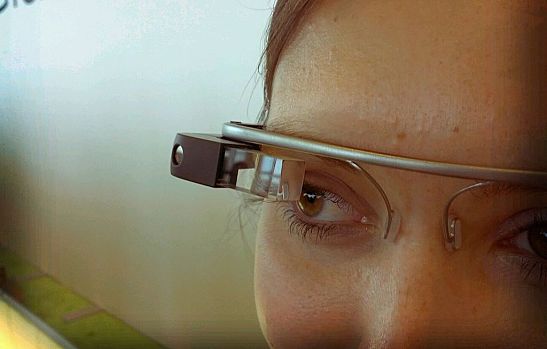Google ads may soon be coming to your home’s smart devices. Android Authority reports that a letter from the search giant to the FCC explained that Google expects the idea of “mobile” to continue to change to include many more devices, including those found in the home. Google wrote the letter in response to the FCC’s request for disclosure of the company’s mobile revenue, which the company countered by saying it’s broad definition of “mobile” means any figures released would be an unfair assessment of its business.
Google Ads Everywhere
“The meaning of ‘mobile’ at Google has shifted dramatically to ‘handset,’ from ‘tablet + handset,'” Google said in the letter. “We expect the definition of ‘mobile’ to continue to evolve as more and more ‘smart’ devices gain traction in the market.”
The letter, published by the Securities and Exchange Commission, describes Google’s vision of a world in which refrigerators, car dashboards, thermostats, glasses, and watches are primed for the placement of ads. Google’s recent acquisition of Nest Labs is clearly a big step into the home market, and industry initiatives such as the Open Automotive Alliance and a wave of Android smartwear show that there will be may more ways for Google to integrate itself into daily lives. Here are some of the projects Google is working on that could lead to ads in the home.
Google Glass and Android Wear
As the price comes down, Google Glass will hit the mainstream in a big way, and it’s only natural that it’ll be accompanied by its own share of Google ads. Companies such as Samsung also see a bright future for wearables, developing their own line through an Android initiative called Android Wear. As this project grows, Google imagines a platform used to distribute ads, providing an entirely new revenue stream for both the advertiser and the hardware promoting it.
Driving Ads Home
Partnering with big car manufacturers such as Audi, Honda, GM, and Hyundai, Google has pushed an Open Automotive Alliance as a way of making Android an inherent feature of the car dashboard. Making auto technology more intuitive on the road can foster a host of programs that hold their own set of ads—that is, as long as safety comes first.
Ideas such as these can deliver seamless integration between cars and mobile devices, and offer an experience that doesn’t encourage drivers to focus on one task at the expense of another. With the first models of Android-powered dashboards expected by the end of the year, Google must already be considering how they can integrate ads into the system.
Google hopes to continue investing its offshore revenue in firms that make for similar promotional opportunities, as well as future mobile services. It’ll be interesting to see what Google comes up with. What do you think? Will Google ads catch on at home?
Image courtesy of Wikimedia Commons
[cf]skyword_tracking_tag[/cf]

